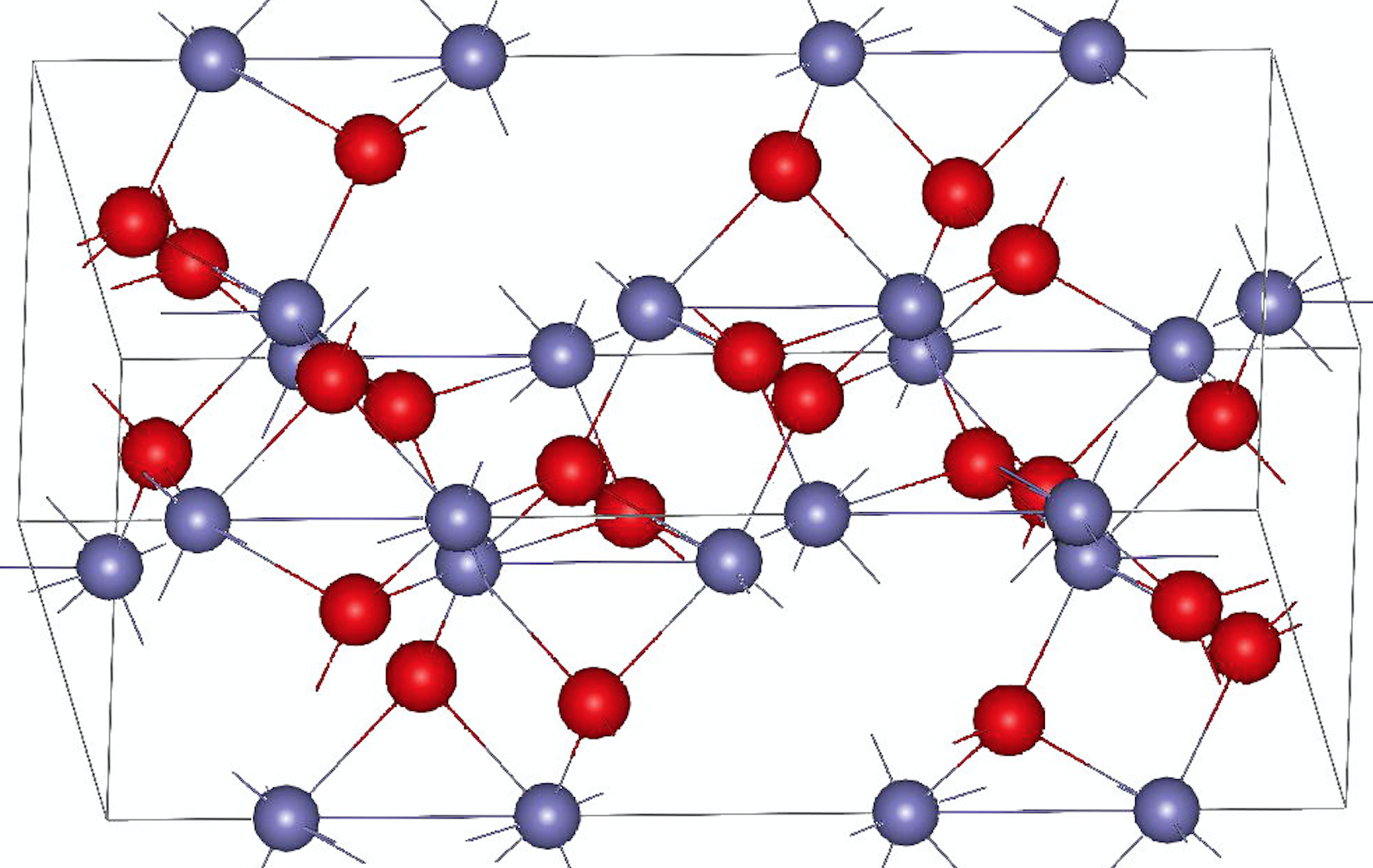
Iron oxide is an important and useful chemical compound made up of iron and oxygen; it occurs naturally, and can also be produced industrially. They are primarily used as iron ores, catalysts, pigments and thermite, as well as occur naturally in our blood, in hemoglobin.
Synthetic iron oxides are an important type of inorganic pigments and have the second-highest sales after titanium dioxide.
In 2017, the iron oxide pigment market globally amounted to roughly 2 billion US dollars – thanks to the ever-spiraling demand in plastic, paint, and construction industries.
The benefits of Iron oxide are that they are strong, durable, stable, resistant to saline weather, UV rays, and many atmospheric conditions – and inexpensive to boot. This makes them very popular, and iron oxide uses can be seen in several applications, with construction and coatings being the biggest market. They are also in demand in cosmetics, pharmaceutical, manufacturing, and iron and steel industries.
There are several processes to manufacture iron oxide and its pigments synthetically, and several types of iron oxides. They are not hazardous in nature and can be easily and safely used and transported too. Single component iron oxide forms are usually produced in red, black and yellow, with brown and orange being blended.
Raw materials used in the manufacturing of synthetic ferric oxide include cast iron and nitrobenzene.
Iron oxide pigments are among the most important inorganic pigments and are valued for their ability to remain stable to fluctuating temperatures, low reactive nature, low toxicity, and excellent tinting strength. It is used the most in the construction industry globally, thanks to the ever-increasing requirement for infrastructure development. Together, the paint and construction industries account for a third of global demand for iron oxide and iron oxide pigments.
The second-highest demand for iron oxide manufacturers comes from the coatings industry – and pigments are specially used for the exterior and interior industrial coatings which necessitate materials to be durable, anti-corrosive, and stable. For retaining the strength of the paint film and get optimal color effects, dispersible and micronized pigment grades are required by many paint applications.
Special applications conventionally include ceramic colors, cosmetics, rubber, medicines, colored paper, brake linings in vehicles, wood polish, fertilizers, glass manufacturing, cork sheets, pigmented mulch, and cattle feed. Nowadays they are also used in the petroleum industry as catalysts, oil drilling rigs, production of hydrogen gas, removing hydrogen sulfide, and compound pigments.
Let’s take a slightly detailed look at some major applications and uses of iron oxide and iron oxide pigments:
Table of Contents
Iron/Steel Feedstock
The steel industry gets its iron from ferric iron or iron oxide. Though steel is an alloy consisting of carbon, iron and other elements, iron is its base, and the atomic structure of steel is overwhelmingly that of iron. Iron oxide is also used as a base metal in ironmaking; with construction and building continuously growing, the demand for iron oxides for the production of structural parts is likely to increase significantly.
Pigment Production
Iron oxide (III) has a vivid red color and is in high demand for use in several production processes. In industrial jargon, it is referred to as pigment red 101, pigment 6, or pigment 7. It occurs naturally and can be extracted from hematite, but it can also be synthetically manufactured. Iron oxide pigment uses extend to cosmetics as a colorant. Others are used in construction for industrial finishes like paints and coatings. Some iron oxide pigments are transparent and find use in staining products, like wood stains. One of the major benefits of iron oxide pigments is that they can be blended easily to produce earthy colors.
Magnetic Tape Manufacturing
Magnetic tape typically ‘energizes’ an electromagnet to enable recording of sounds. Basically, when polarity is transferred to a magnetic medium, it picks it up quickly but does not release it afterward. These magnetic tapes are widely used in recording audio, video, and data, as well as on the back of credit and debit cards issued by banks. The most commonly used magnetic particle for producing magnetic storage tape is Iron (III) oxide.
Iron oxide and iron oxide pigments, as you have seen, have innumerable uses and applications in our daily lives. If you are looking for reliable iron oxide suppliers in India, who deliver high-quality material at an affordable price, you have come to the right place. Bansal Trading is the leading chemical suppliers in India and has been dealing with various chemicals for all industries since 1956.